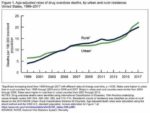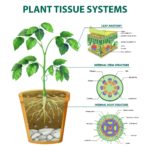The Human Digestive System
The human digestive system is a complex network of organs and structures that work in harmony to convert food into the nutrients necessary for the body’s functioning. This process involves breaking down food into smaller components until they can be absorbed and assimilated into the body.
Components of the Digestive System
The digestive system consists of the gastrointestinal tract (GI tract) and the accessory organs of digestion. The GI tract is a series of connected hollow organs leading from the mouth to the anus. The accessory organs include the tongue, salivary glands, pancreas, liver, and gallbladder.
Process of Digestion
Digestion involves three stages: the cephalic phase, the gastric phase, and the intestinal phase.
1. Cephalic Phase: This phase begins with the sight and smell of food, triggering secretions from gastric glands. The food is mechanically broken down by chewing and chemically broken down by digestive enzymes in the mouth.
2. Gastric Phase: In the stomach, the food is further broken down by mixing with gastric acid.
3. Intestinal Phase: This phase begins in the duodenum, where the partially digested food is mixed with enzymes produced by the pancreas.
Role of Accessory Organs
The accessory organs play crucial roles in digestion. The salivary glands produce saliva, which contains digestive enzymes that initiate the breakdown of food. The liver produces bile, which helps in the digestion and absorption of fats. The gallbladder stores and concentrates bile, releasing it when needed. The pancreas produces a variety of enzymes that aid in the digestion of proteins, carbohydrates, and fats.
Absorption and Elimination
Most of the digestion of food takes place in the small intestine, where nutrients are absorbed into the bloodstream. Water and some minerals are reabsorbed back into the blood in the colon of the large intestine. The waste products of digestion (feces) are eliminated from the rectum via the anus.
Conclusion
The human digestive system is a marvel of nature, efficiently converting food into the nutrients our bodies need to function. It is a testament to the intricate design and coordination of various organs and processes within our bodies. Understanding its workings not only provides insight into our own health and well-being but also underscores the complexity and wonder of the human body..



